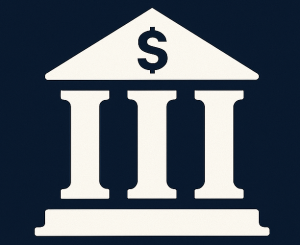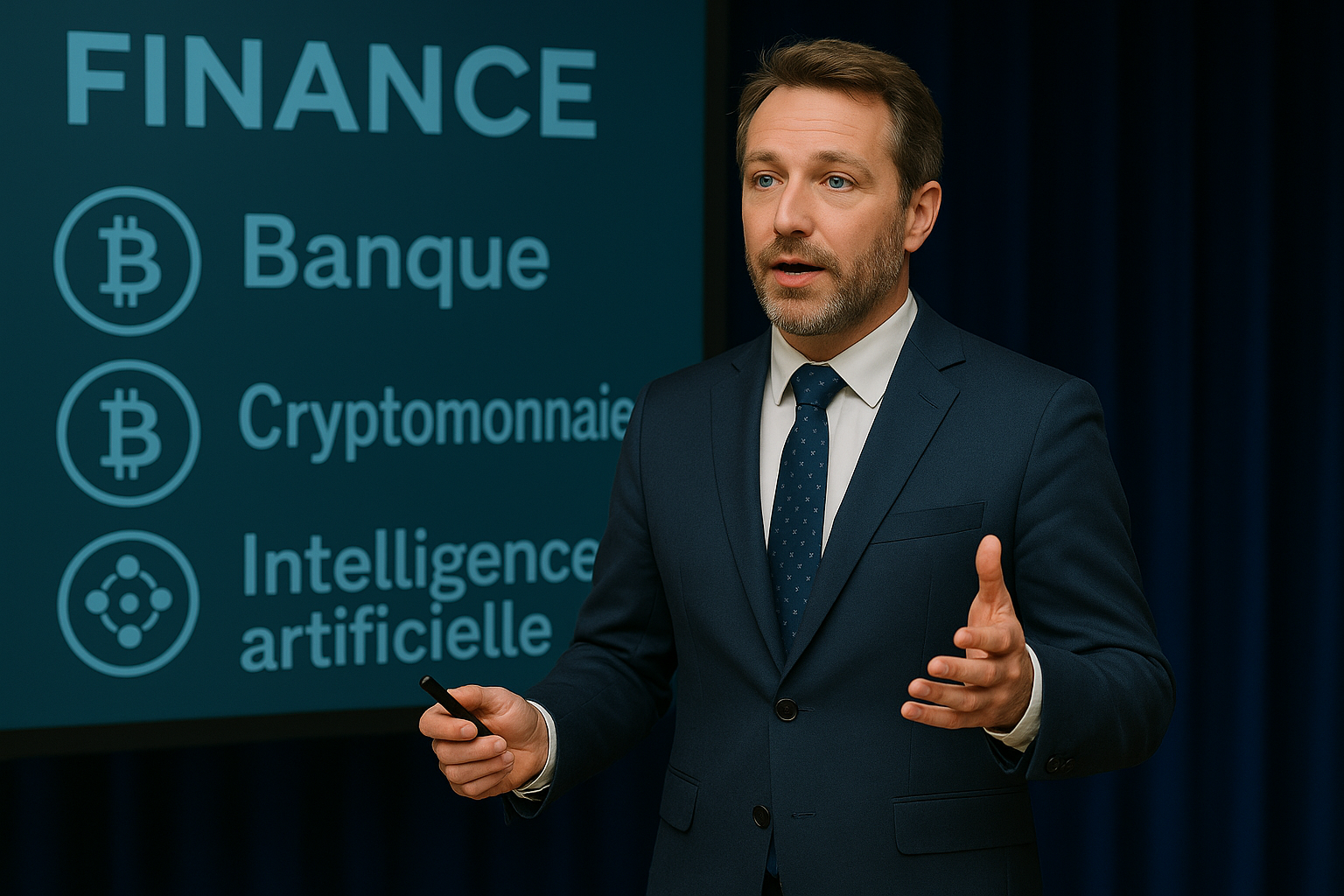Sập Bẫy ‘Hồi Phục Ảo’? Investing When Inflation Still Bites
Okay, so, has the market *actually* recovered? Or are we all just walking into a carefully laid trap, lured in by the sweet siren song of “things are getting better!” I’ve been glued to the news, scrolling through charts, and honestly? I’m still not entirely sure. This whole “recovery” feels…fragile. Like one wrong move and the whole thing could come crashing down. Was I the only one who felt that way?
Decoding the “Recovery”: Real Deal or Mirage?
Let’s be real, the financial news can be a minefield. Every talking head has an opinion, and half of them seem to contradict each other. One day, it’s “Inflation is tamed!” The next, it’s “Brace yourselves for another interest rate hike!” It’s enough to give anyone a headache. And trying to figure out if this supposed market recovery is based on solid ground or just wishful thinking? That’s even worse.
I’ve been burned before, haven’t we all? Remember that “sure thing” stock tip from your uncle? Yeah, that one that went belly up faster than a soufflé in a hurricane. So, now I’m approaching any talk of “recovery” with a healthy dose of skepticism, you know? I’m looking for actual, tangible evidence, not just optimistic pronouncements. Is unemployment *really* going down? Are companies *actually* reporting increased earnings? Or are we just seeing a temporary blip caused by pent-up demand after, well, *gestures wildly at the last few years*. And don’t even get me started on supply chain issues…
The Inflation Elephant in the Room
Even if the market *is* genuinely improving, there’s still the giant, inflation-shaped elephant stomping around in the room. I mean, come on, who *hasn’t* felt the pinch at the grocery store lately? Or at the gas pump? It feels like everything costs about a million percent more than it did just a year ago. And even if inflation cools down a bit, prices aren’t exactly going to plummet back to pre-pandemic levels, are they? They’ll probably just… plateau at a higher altitude. Ugh, what a mess!
The problem is that inflation erodes the value of your investments. You might see your portfolio technically “growing,” but if inflation is outpacing those gains, you’re actually losing purchasing power. It’s like running on a treadmill – you’re working hard, but you’re not actually going anywhere. So, even if the market is “recovering,” if inflation remains stubbornly high, we’re all still in a pretty precarious position.
Investment Strategies: Navigating the Inflationary Minefield
So, what’s a person to do? Sticking your money under the mattress isn’t exactly a winning strategy (although, honestly, sometimes it feels tempting!). But blindly throwing money at whatever’s hot in the market right now is just as risky. We need a plan, people! A strategy that acknowledges the current reality – a fragile recovery coupled with persistent inflation.
I’ve been doing a lot of research, talking to financial advisors (the ones who don’t try to sell me timeshares, anyway), and basically trying to figure out the best way to protect my assets and, hopefully, even grow them a little bit in this crazy environment. Honestly, I’m no expert, but I’m trying to learn. And maybe, just maybe, we can figure this out together.
Exploring Safe Havens: Bonds, Real Estate, and Beyond?
One of the things I keep hearing about is investing in “safe haven” assets. Things like government bonds, real estate, and even commodities like gold. The idea is that these assets tend to hold their value better during times of economic uncertainty and inflation. Makes sense, right? But even these supposedly “safe” investments come with their own risks.
Bonds, for example, can be vulnerable to rising interest rates. Real estate can be affected by things like housing market bubbles and changes in zoning laws. And commodities can be volatile and unpredictable. It’s kind of like choosing between different flavors of poison, you know? Each one has its own unique set of side effects. It is good to have these options though.
The Allure (and Risk) of Dividend Stocks
Another option I’ve been considering is dividend stocks. These are stocks that pay out a portion of their profits to shareholders on a regular basis. The idea is that even if the stock price doesn’t skyrocket, you’re still earning a steady stream of income. And who doesn’t like getting paid? I mean, especially if it’s more passive than my day job…
The potential downside is that companies can cut or eliminate their dividends if they run into financial trouble. And, of course, the stock price can still decline, negating some of the benefits of the dividend income. Plus, you have to pay taxes on those dividends, which kind of takes a bite out of your returns. But hey, it’s still something, right? If you’re as curious as I was, you might want to dig into this other topic…
The Crypto Wild West: Proceed with Extreme Caution
And then there’s cryptocurrency. Oh, crypto. The darling of the internet, the bane of traditional investors, and the source of endless arguments at family gatherings. I admit, I’ve dabbled in crypto a little bit. I bought some Bitcoin and Ethereum back in… well, let’s just say it was before the big crash of 2022. And I held on for dear life as my portfolio went from “yay, I’m going to be rich!” to “oh god, I’m going to be living in a cardboard box!”
Now, I’m not saying that crypto is inherently evil or that it has no future. But I am saying that it’s incredibly volatile and risky. It’s like investing in a lottery ticket, except the lottery ticket is written in code and nobody really understands how it works. So, if you’re going to venture into the crypto wild west, proceed with extreme caution. And only invest what you can afford to lose. Because trust me, you *could* lose it all. I stayed up until 2 a.m. reading about Bitcoin on Coinbase, only to sell it at a loss.
My Personal Screw-Up: A Cautionary Tale
Speaking of losing it all, let me tell you about my biggest investment mistake of the past year. It involves a certain tech stock that I thought was going to be the next Apple (spoiler alert: it wasn’t). I bought in at what I thought was a “bargain” price, convinced that it was only a matter of time before the stock skyrocketed.
I held on for months, watching the price slowly but surely decline. I kept telling myself, “It’s just a temporary dip! It’ll bounce back!” But it never did. Eventually, I couldn’t take it anymore. I panicked and sold everything at a huge loss. I totally messed up by selling too early in 2023. I learned a valuable lesson that day: never fall in love with a stock. And always, always, always do your research before investing in anything. It’s important to know that while I did lose money, I wasn’t completely broke. I did have to scale back my spending temporarily though.
The Bottom Line: Be Smart, Be Patient, Be Prepared
So, what’s the takeaway from all of this? Well, I think it’s this: investing in a potentially fake “recovery” during times of inflation is tricky business. There are no easy answers and no guaranteed wins. The best thing we can do is to be smart, be patient, and be prepared.
That means diversifying your investments, doing your research, and not letting your emotions cloud your judgment. It also means having a solid financial plan in place and being prepared to weather some storms. And remember, it’s okay to ask for help. There are plenty of qualified financial advisors out there who can help you navigate these turbulent waters.
Who even knows what’s next? But one thing I know for sure is that I’m not going to let fear or greed drive my investment decisions. I’m going to stay informed, stay cautious, and stay focused on the long term. And hopefully, with a little bit of luck and a lot of hard work, we can all make it through this “recovery” with our wallets (and sanity) intact.













